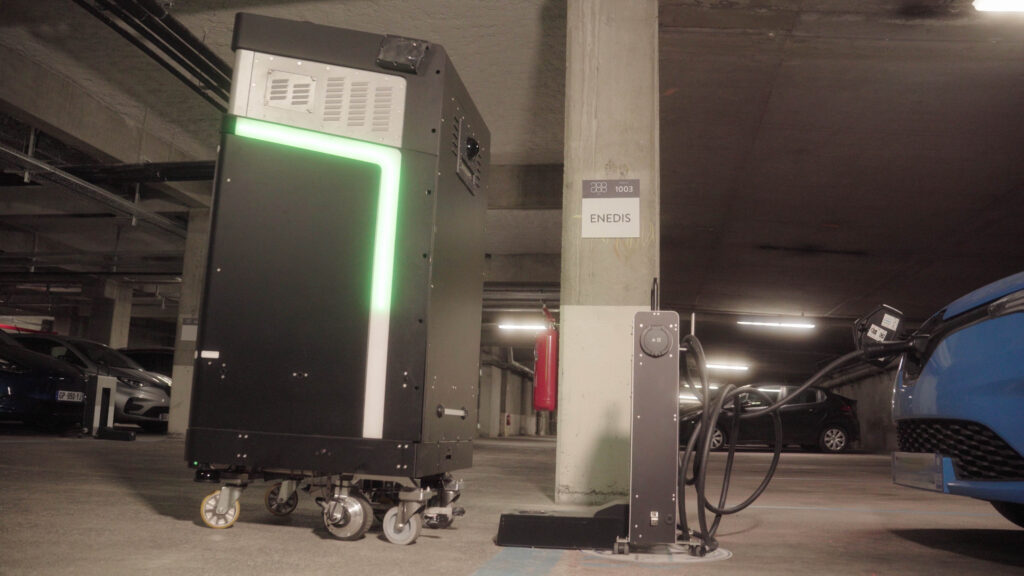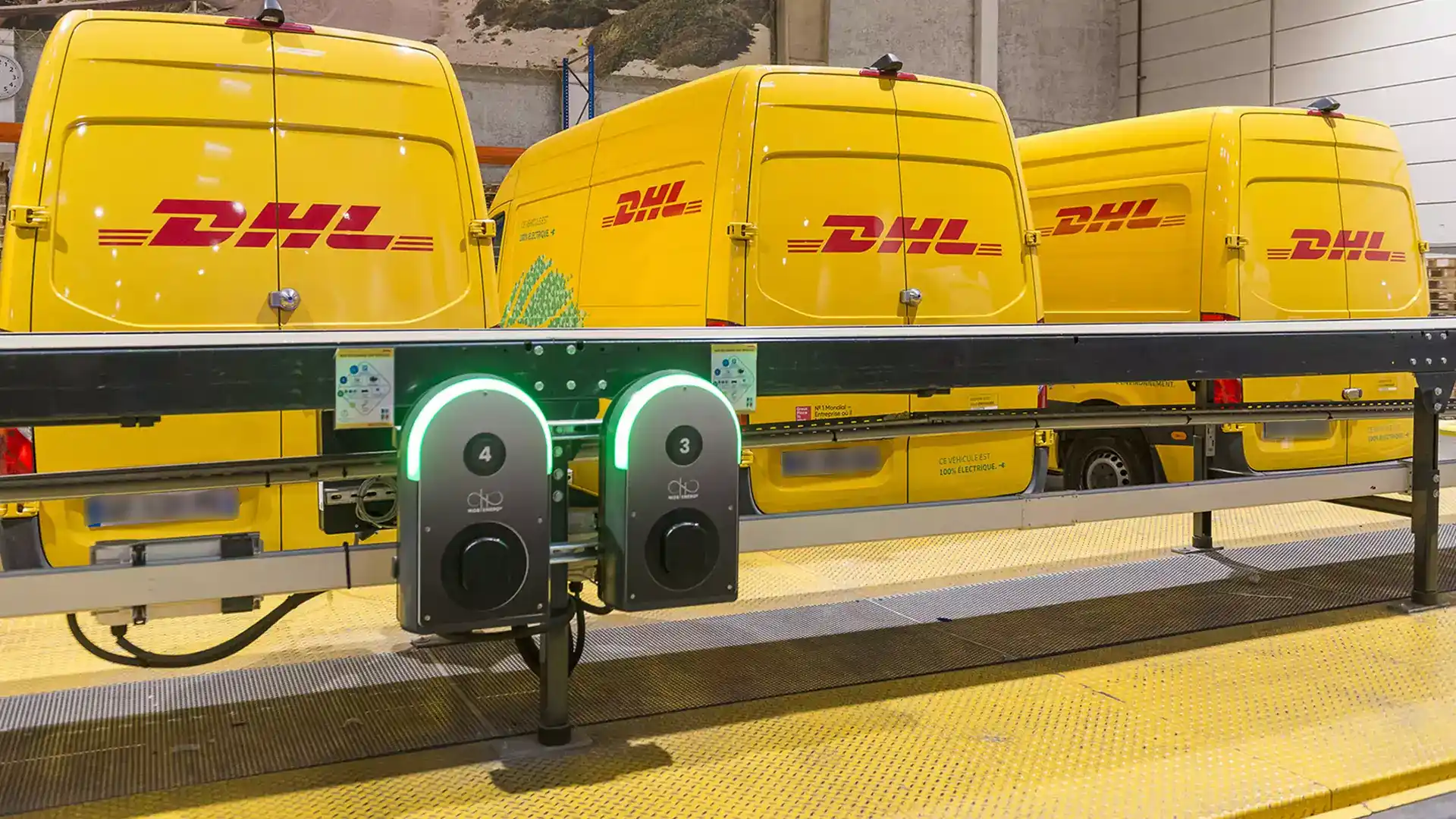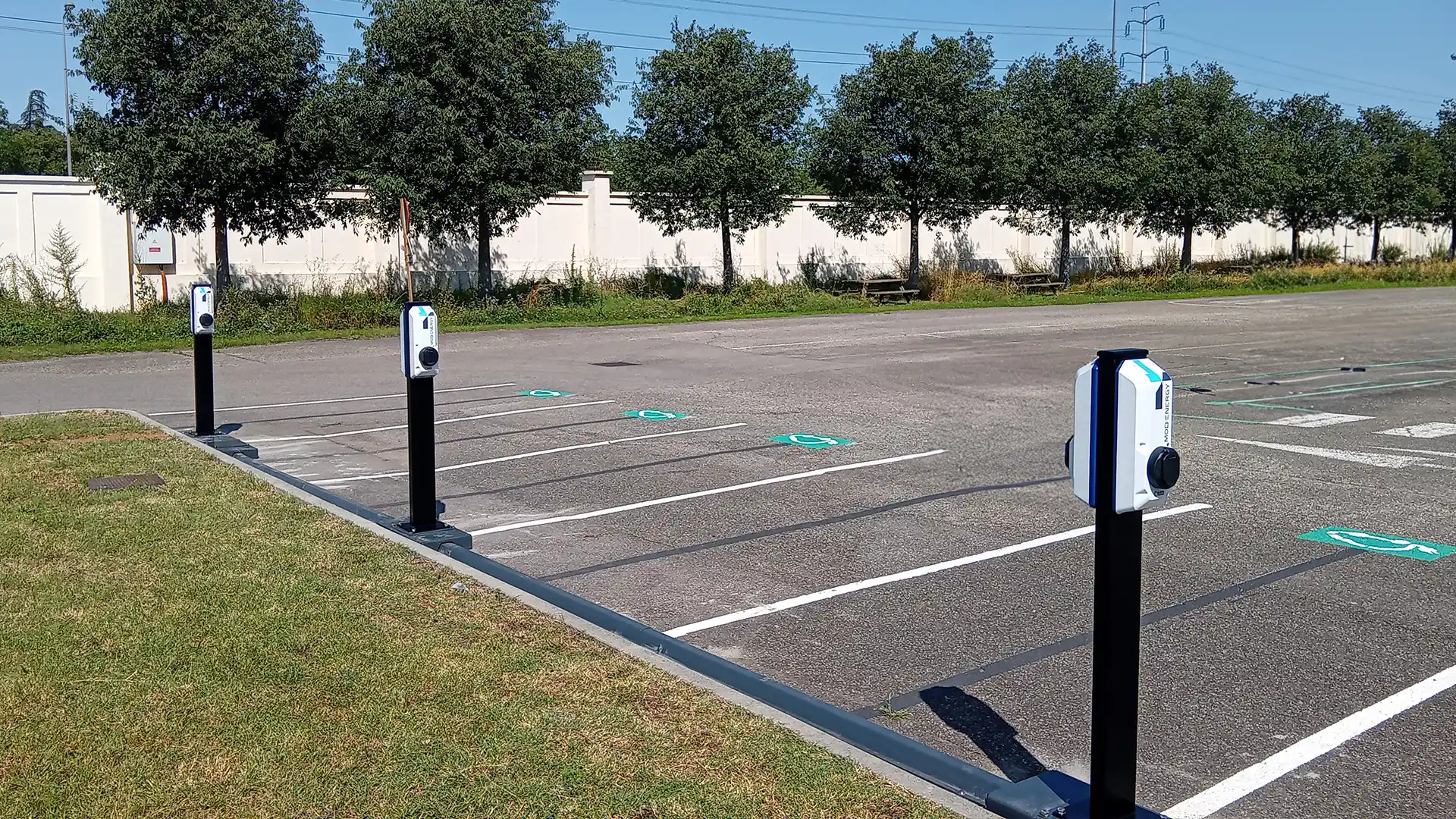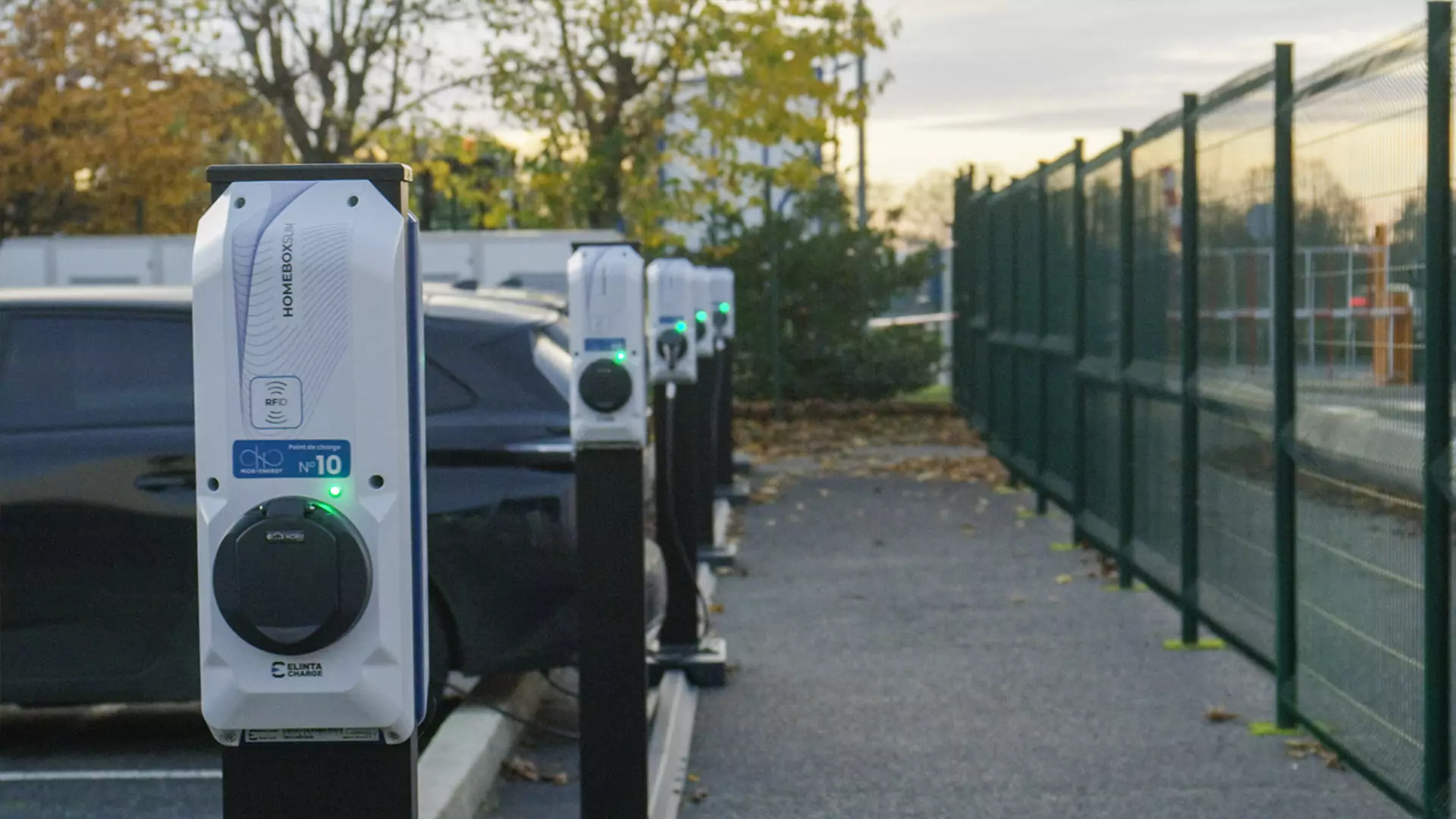A charging robot for Enedis’ electromobilist employees
Faced with the growing adoption of electric vehicles, Enedis, a key player in the management of the French electricity network, is looking at innovative solutions to support this expansion and meet the needs of electromobilists.
It was against this backdrop that Charles, our autonomous charging robot, was tested during a four-month trial in Lyon city centre to recharge the electric vehicles of employees at Enedis’ Lyon site.
.
Preserving the network and reducing work: major challenges for the French network operator

The switch to electric mobility is a challenge for the entire transport ecosystem. Our role is to connect customers. But we have a major stake in doing this as efficiently as possible, and at the best possible cost to the community.
Rémi Driat
Smart grids project manager at Enedis
As the number of electric vehicles increases, so does the need for energy. And to deliver this energy, recharging infrastructures need to be deployed, sometimes requiring major adaptations to the electricity network to carry the additional power.
Enedis is therefore looking for innovative and flexible solutions to meet the energy needs of users of a recharging service, while limiting the demand for power and the amount of work required.
The challenge is to put the right power in the right place to meet the recharging needs of different users. We sometimes have infrastructures that have limited power, or that require adaptations that can be quite extensive and complex.
Recharging solutions must take into account not only the need to recharge, but also the overall capacity of the network to meet that need .
As part of a project to install recharging points for electric vehicles, a precise assessment of the needs of users of the charging points provides a better understanding of their real requirements. This assessment enables the necessary power to be allocated, without oversizing, and avoids under-utilisation or wastage of the resources deployed.
The Charles charging robot limits the power demand to the equivalent of a single charging point to electrify an entire car park level. Connected to the grid with a single low-power cable, Charles’ recharging base enables it to store energy in its batteries at the pace of the building. It will then deliver this energy to every vehicle in the car park that has placed an order for a top-up charge.
We were very pleased to work with Mob-Energy on this project. The deployment went very smoothly. One of the advantages I noted was the simplicity and speed of deployment, and the solution proved to be very reliable.
Rémi Driat
Head of smart grids project at Enedis

Seat monopolisation: a problem solved!
The charging points are not always free. We have a few ‘suction’ cars that stay for the day. During these 4 months of experimentation, Charles was my main charging point. It met my needs perfectly, enabling me to get home in the evening with the 40 km range I needed.
Richard Bonnefoux
Service user
Mobile charging is an innovative solution to the problem of charging points being monopolised: with the Charles robot, it’s the charging point that travels to the vehicle. This approach also offers an alternative, making it possible to avoid allocating dedicated spaces for electric charging, thereby preserving the general availability of the car park.
With Charles, Enedis employees recover the amount of energy they need for their daily commute. This “bottle feeding” enables them to supply the amount of energy required by users, while reducing the weight of the IRVE on the network.
Reduced environmental impact thanks to second-life batteries
The fact that the robot uses reconditioned batteries also reinforces my belief that electric power will ultimately reduce greenhouse gas emissions.
Charles Cognet
Service user
The manufacture of batteries for electric vehicles is at the heart of environmental concerns. We need to look at their carbon footprint, and find solutions to make it as beneficial as possible. Although batteries can be used for around 10 years in their automotive traction applications, this does not mean that they should be “thrown away” at the end of their first life. They are perfectly suited to other, more gentle applications, such as stationary (or mobile, in the case of Charles) storage.
By using them as storage batteries and placing them at the service of the grid and electric vehicles, batteries last longer, optimising their impact.
Your project
Every parking lot is different.
Every customer has his or her own recharging needs.
That’s why our solutions are modular and scalable, so that your recharging infrastructure is perfectly suited to your needs at all times.








